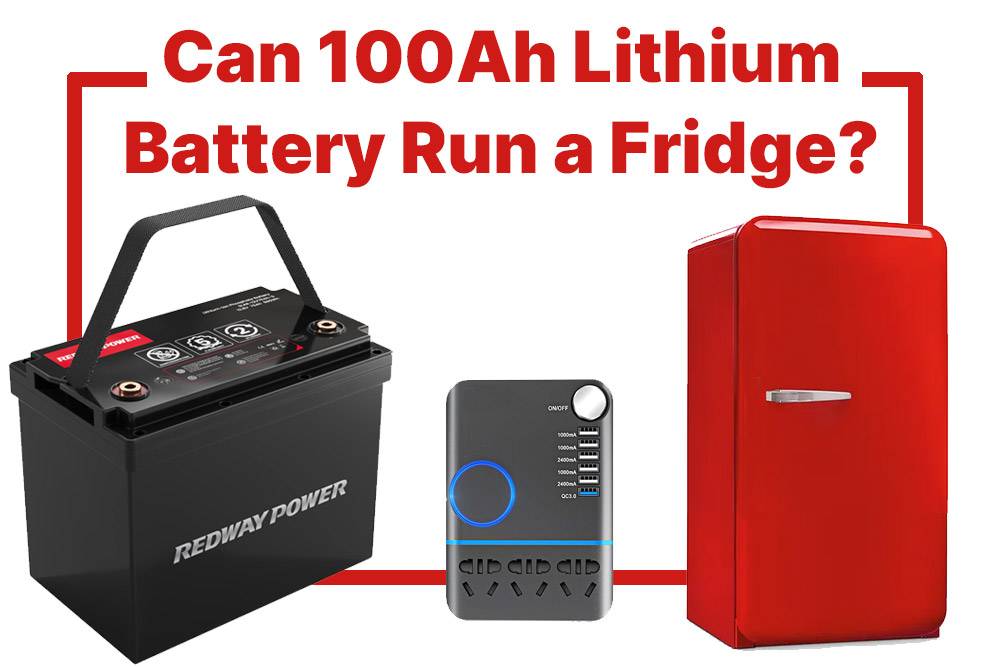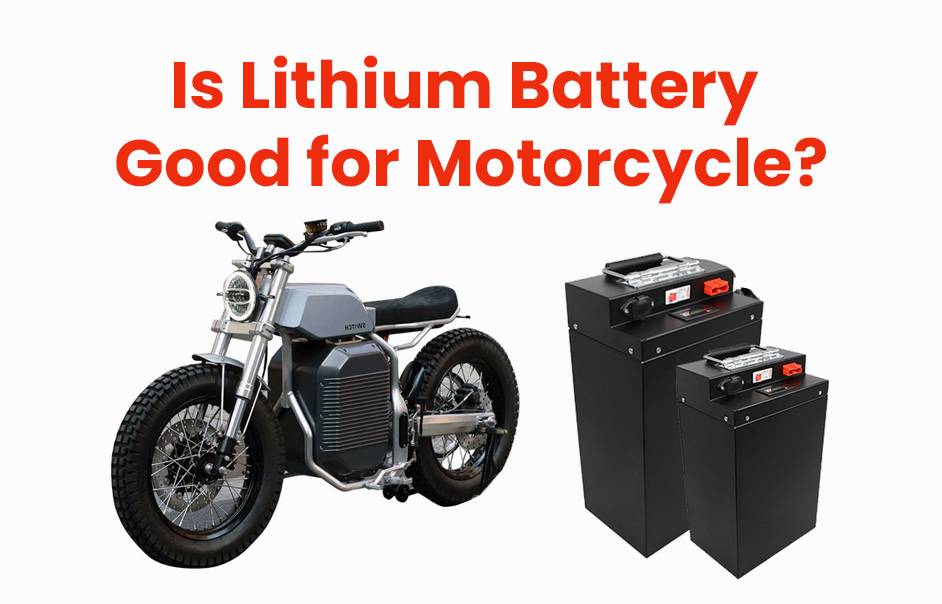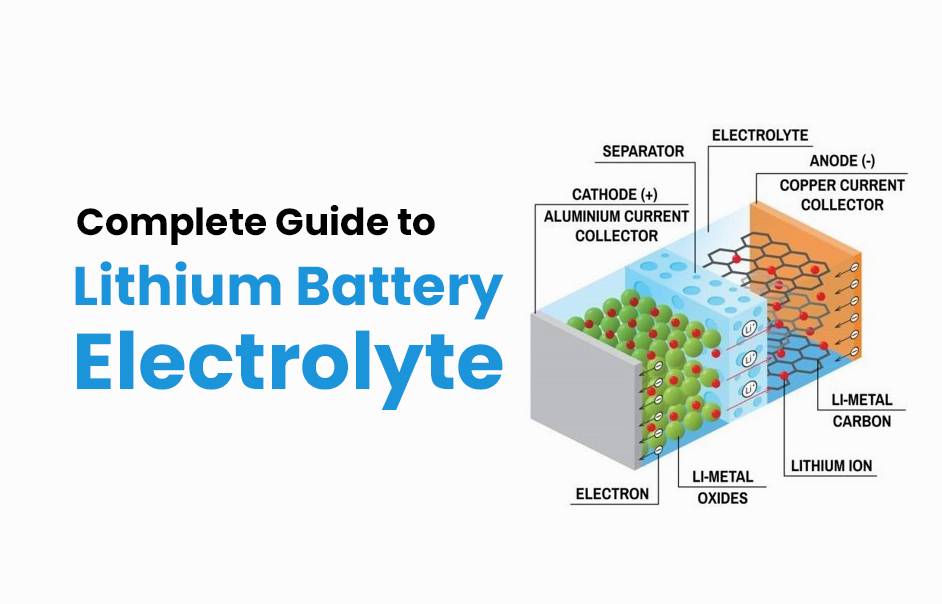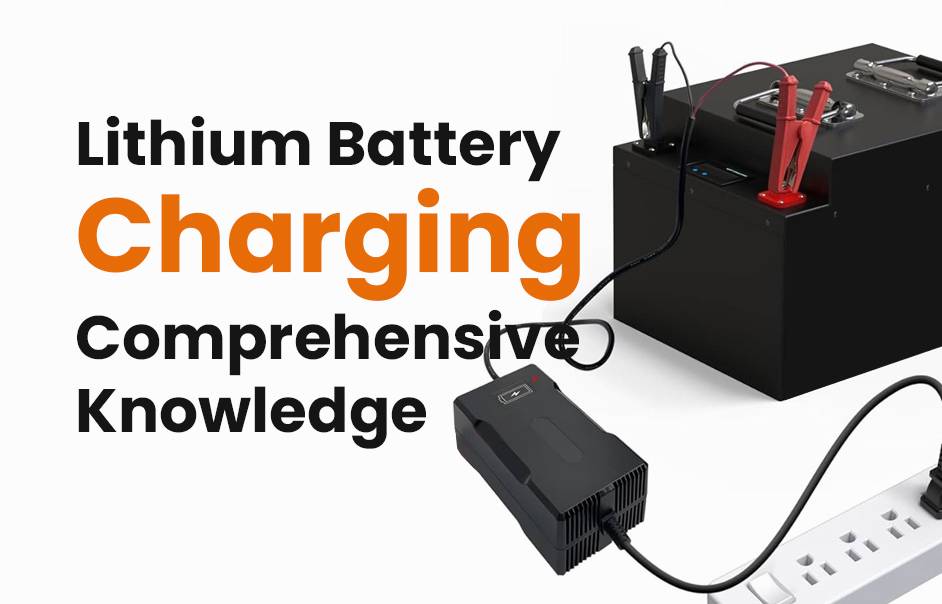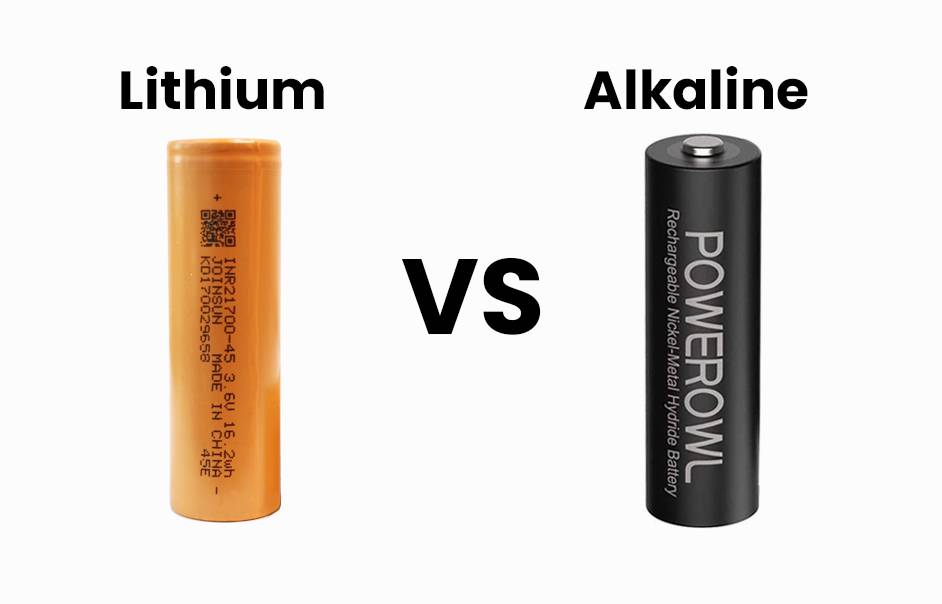- Forklift Lithium Battery
-
48V
- 48V 210Ah
- 48V 300Ah
- 48V 420Ah (949 x 349 x 569 mm)
- 48V 420Ah (950 x 421 x 450 mm)
- 48V 456Ah
- 48V 460Ah (830 x 630 x 590 mm)
- 48V 460Ah (950 x 421 x 450 mm)
- 48V 460Ah (800 x 630 x 600 mm)
- 48V 460Ah (820 x 660 x 470 mm)
- 48V 500Ah
- 48V 560Ah (810 x 630 x 600 mm)
- 48V 560Ah (950 x 592 x 450 mm)
- 48V 600Ah
- 48V 630Ah
-
48V
- Lithium Golf Cart Battery
- 12V Lithium Battery
12V 150Ah Lithium RV Battery
Bluetooth App | BCI Group 31
LiFePO4 Lithium
Discharge Temperature -20°C ~ 65°C
Fast Charger 14.6V 50A
Solar MPPT Charging - 24V Lithium Battery
- 36V Lithium Battery
- 48V Lithium Battery
-
48V LiFePO4 Battery
- 48V 50Ah
- 48V 50Ah (for Golf Carts)
- 48V 60Ah (8D)
- 48V 100Ah (8D)
- 48V 100Ah
- 48V 100Ah (Discharge 100A for Golf Carts)
- 48V 100Ah (Discharge 150A for Golf Carts)
- 48V 100Ah (Discharge 200A for Golf Carts)
- 48V 150Ah (for Golf Carts)
- 48V 160Ah (Discharge 100A for Golf Carts)
- 48V 160Ah (Discharge 160A for Golf Carts)
-
48V LiFePO4 Battery
- 60V Lithium Battery
-
60V LiFePO4 Battery
- 60V 20Ah
- 60V 30Ah
- 60V 50Ah
- 60V 50Ah (Small Size / Side Terminal)
- 60V 100Ah (for Electric Motocycle, Electric Scooter, LSV, AGV)
- 60V 100Ah (for Forklift, AGV, Electric Scooter, Sweeper)
- 60V 150Ah (E-Motocycle / E-Scooter / E-Tricycle / Tour LSV)
- 60V 200Ah (for Forklift, AGV, Electric Scooter, Sweeper)
-
60V LiFePO4 Battery
- 72V~96V Lithium Battery
- Rack-mounted Lithium Battery
- E-Bike Battery
- All-in-One Home-ESS
- Wall-mount Battery ESS
-
Home-ESS Lithium Battery PowerWall
- 24V 100Ah 2.4kWh PW24100-S PowerWall
- 48V 50Ah 2.4kWh PW4850-S PowerWall
- 48V 50Ah 2.56kWh PW5150-S PowerWall
- 48V 100Ah 5.12kWh PW51100-F PowerWall (IP65)
- 48V 100Ah 5.12kWh PW51100-S PowerWall
- 48V 100Ah 5.12kWh PW51100-H PowerWall
- 48V 200Ah 10kWh PW51200-H PowerWall
- 48V 300Ah 15kWh PW51300-H PowerWall
PowerWall 51.2V 100Ah LiFePO4 Lithium Battery
Highly popular in Asia and Eastern Europe.
CE Certification | Home-ESS -
Home-ESS Lithium Battery PowerWall
- Portable Power Stations
What is a Lithium Battery Tester and How Does It Work?
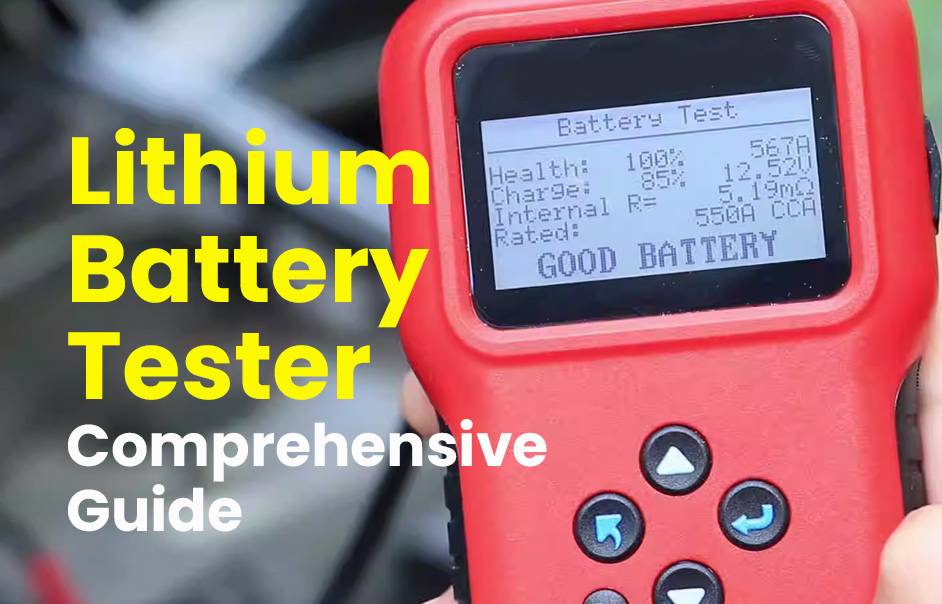
A lithium battery tester is an essential tool designed to evaluate the health and performance of lithium batteries by measuring parameters such as voltage, capacity, and internal resistance. Regular testing ensures optimal performance, safety, and longevity of lithium batteries in various applications.
What Are the Different Types of Lithium Battery Testers?
Lithium battery testers come in several varieties, each tailored to specific testing needs:
- Voltage Meters: Simple devices that measure the voltage across battery terminals to determine charge levels.
- Capacity Testers: These assess how much charge a battery can hold under specified conditions.
- Cycle Life Testers: Designed to evaluate how many charge-discharge cycles a battery can endure before significant degradation occurs.
Chart: Types of Lithium Battery Testers
| Type | Function |
|---|---|
| Voltage Meter | Measures voltage output |
| Capacity Tester | Determines charge-holding capacity |
| Cycle Life Tester | Evaluates lifespan through cycling |
How Do You Use a Lithium Battery Tester Effectively?
Using a lithium battery tester involves several steps:
- Prepare the Battery: Ensure it is fully charged before testing.
- Insert the Battery: Place it securely into the tester’s designated slot.
- Turn On and Calibrate: Activate the tester and allow it to calibrate.
- Review Readings: Check the display for voltage levels and other metrics.
Chart: Step-by-Step Usage Guide
| Step | Description |
|---|---|
| Prepare | Fully charge the battery |
| Insert | Securely place it in the tester |
| Turn On | Activate and calibrate |
| Review | Analyze displayed readings |
What Features Should You Look for in a Lithium Battery Tester?
When selecting a lithium battery tester, consider:
- Compatibility: Ensure it works with your specific battery type.
- Accuracy: Look for devices that provide precise readings.
- Ease of Use: Choose testers with intuitive interfaces and clear displays.
How Can You Interpret the Results from a Lithium Battery Tester?
Interpreting results involves comparing readings against manufacturer specifications or known standards:
- A voltage reading significantly below nominal indicates potential issues.
- Capacity results should align with rated specifications; discrepancies may signal degradation.
Chart: Interpreting Results
| Reading Type | Expected Value | Interpretation |
|---|---|---|
| Voltage | ~3.7V (for most Li-ion) | Normal if close to nominal |
| Capacity | Rated capacity (mAh) | Healthy if close to rated capacity |
Why Is Regular Testing Important for Lithium Batteries?
Regular testing is vital as it helps identify potential issues before they lead to failure, ensuring safety and reliability in devices powered by lithium batteries.
How Do Temperature Conditions Affect Lithium Battery Testing?
Temperature can significantly impact test results; extreme heat or cold can alter performance metrics, leading to inaccurate assessments. It’s essential to conduct tests at room temperature for reliable results.
What Are the Best Practices for Storing Lithium Batteries?
To maximize longevity:
- Store in a cool, dry place away from direct sunlight.
- Maintain charge levels between 20% and 80% during storage.
Expert Views
“Understanding how to effectively test lithium batteries is crucial not just for performance but also for safety,” states energy expert Dr. Lisa Wong. “Regular assessments can prevent unexpected failures and extend battery life.”
FAQ Section
- How often should I test my lithium batteries?
It’s advisable to test them every few months or before significant use. - Can I use any multimeter to test lithium batteries?
Yes, but ensure it can handle the specific voltage range of your lithium batteries. - What should I do if my tester shows low capacity?
Consider replacing the battery if capacity is consistently below rated specifications.



















